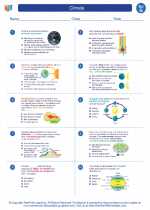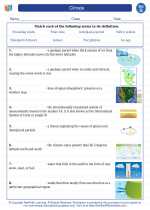Cytoplasm
The cytoplasm is a semi-fluid substance that fills the interior of the cell. It is made up of water, salts, and organic molecules, and it is where many of the cell's metabolic reactions take place. The cytoplasm also contains various organelles, such as the mitochondria, endoplasmic reticulum, and ribosomes, which are essential for the cell's function.
Functions of Cytoplasm:
- Support and Shape: The cytoplasm helps maintain the shape of the cell and provides support for the organelles.
- Cellular Metabolism: Many metabolic pathways occur in the cytoplasm, including glycolysis and protein synthesis.
- Transport: It provides a medium for the transport of materials within the cell.
- Storage: It acts as a storage area for nutrients, ions, and waste products.
Study Guide:
Here are some key points to remember when studying cytoplasm:
- What is the composition of cytoplasm?
- What are the functions of cytoplasm?
- How does cytoplasm support the cell's structure?
- What organelles are found in the cytoplasm, and what are their functions?
- What metabolic processes occur in the cytoplasm?
Understanding the structure and function of cytoplasm is essential for comprehending the inner workings of a cell. Be sure to review the key functions and components of cytoplasm to have a comprehensive understanding of this essential cellular component.










